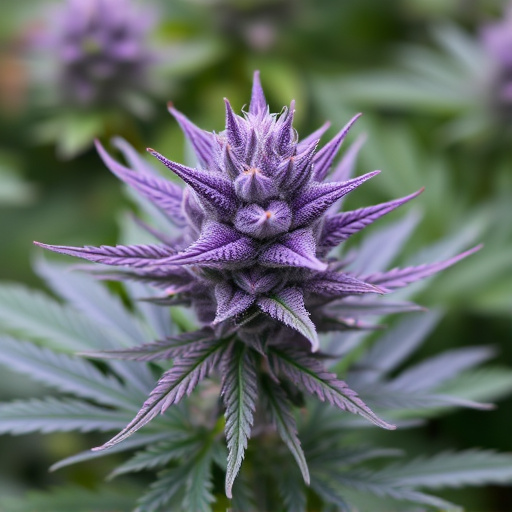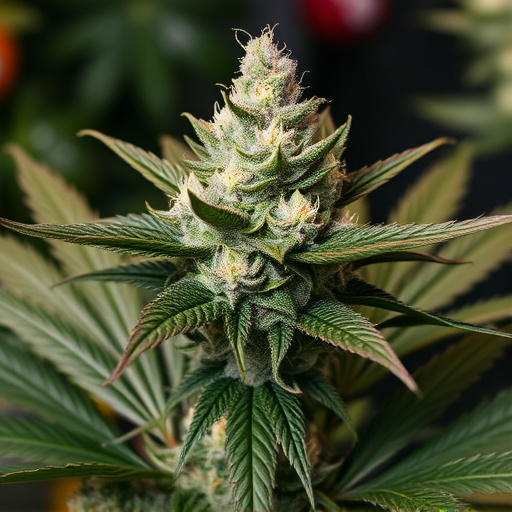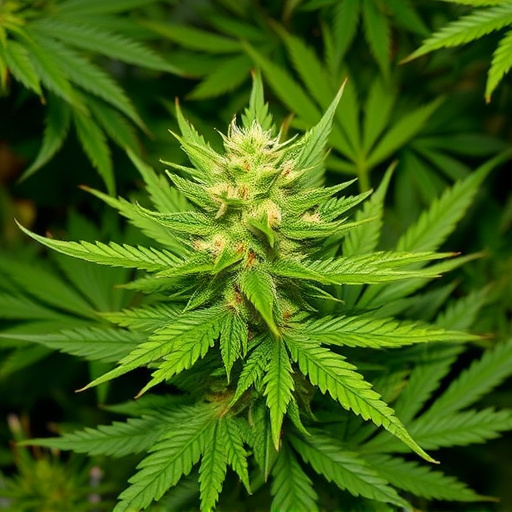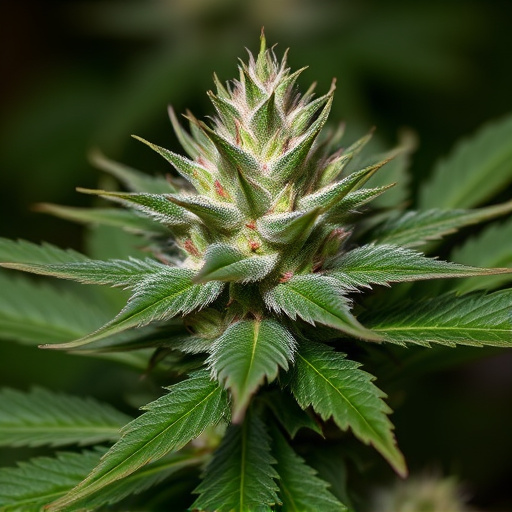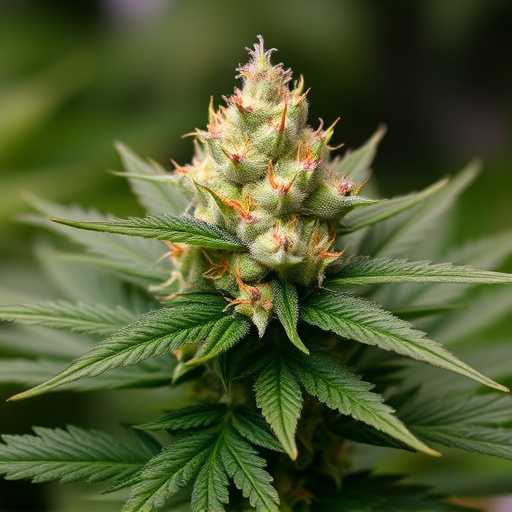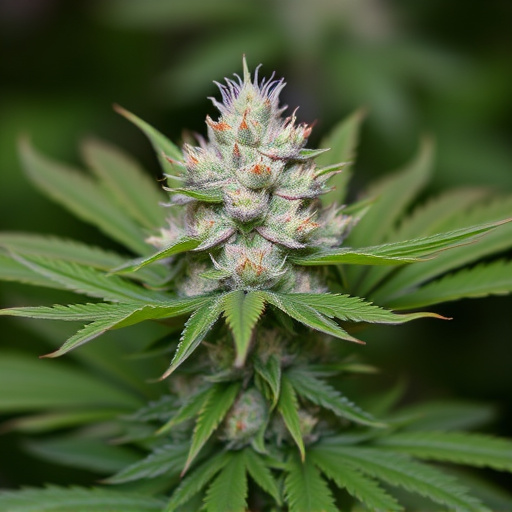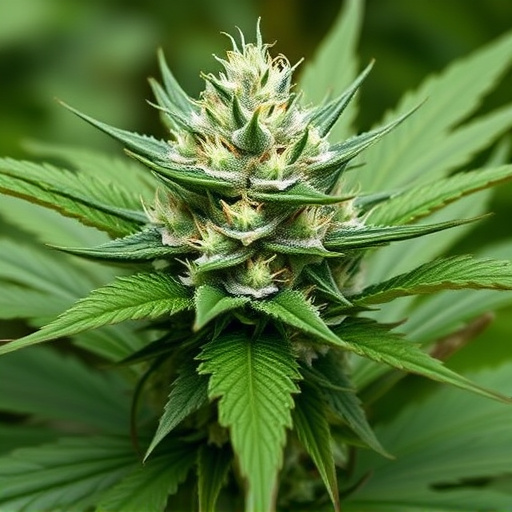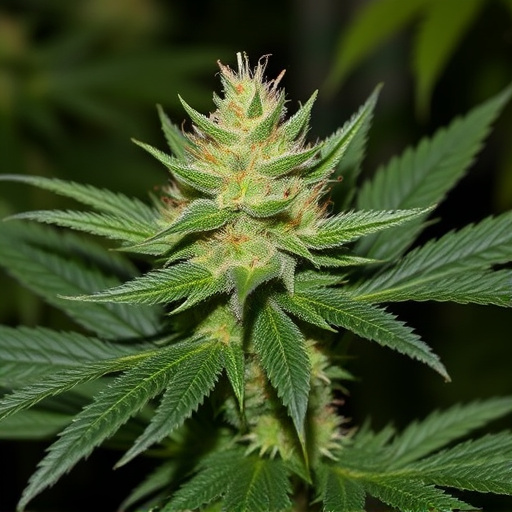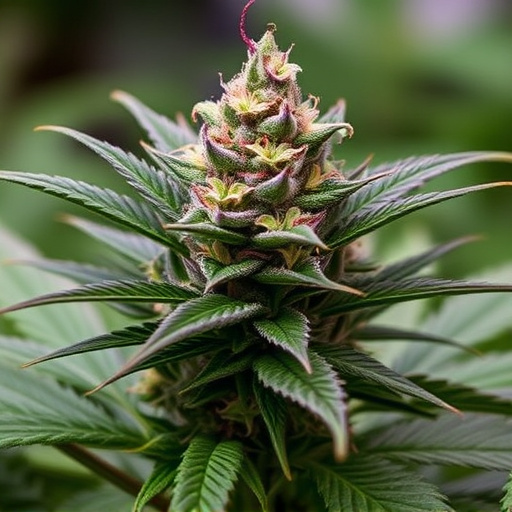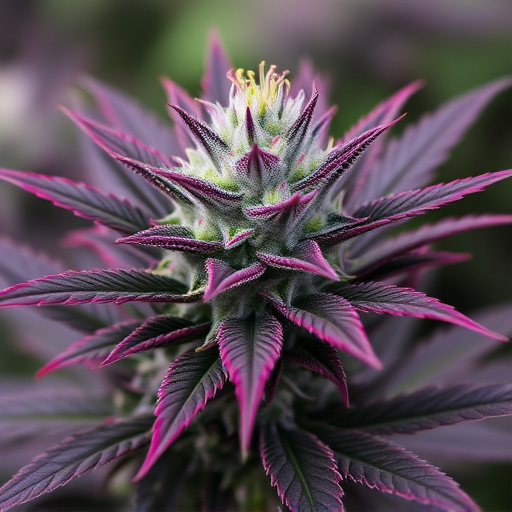The quality of cannabis plants, especially the best hybrid cannabis strains, is driven by their genetic makeup and cultivation practices. Growers selectively breed different cultivars to create hybrids with high THC levels, unique aromas, and enhanced medical benefits. Cultivation techniques, including soil health, lighting manipulation, and controlled environments, significantly impact potency, flavor, and cannabinoid profiles. To meet consumer demands for quality and safety, independent labs test these strains for cannabinoid content, terpene composition, and contaminants, ensuring consistency, purity, and informed choices for new users.
Discovering top-quality weed involves unraveling a complex web of factors. From genetics and hybridization to cultivation practices and rigorous lab analysis, each element plays a pivotal role in crafting exceptional cannabis. This article delves into these crucial aspects, offering insights into how skilled breeding, optimal growing conditions, and scientific testing combine to produce the renowned best hybrid cannabis strains. Uncover the secrets behind the perfect bloom.
- Genetics and Hybridization: Exploring the genetic makeup of cannabis plants and how different strains, particularly best hybrid cannabis strains, are created through careful crossing of various cultivars to achieve desired traits like high THC levels, specific aromas, or medical benefits.
- Cultivation Practices: Discussing the environment in which cannabis is grown plays a significant role in its quality. This section will cover factors such as soil health, lighting, temperature, humidity, and harvesting techniques that impact final product's potency, flavor, and overall quality.
- Testing and Lab Analysis: Emphasizing the importance of third-party lab testing to verify the potency, purity, and safety of cannabis products. This includes examining cannabinoid profiles (like THC and CBD), terpene content, potential contaminants, and compliance with legal standards.
Genetics and Hybridization: Exploring the genetic makeup of cannabis plants and how different strains, particularly best hybrid cannabis strains, are created through careful crossing of various cultivars to achieve desired traits like high THC levels, specific aromas, or medical benefits.
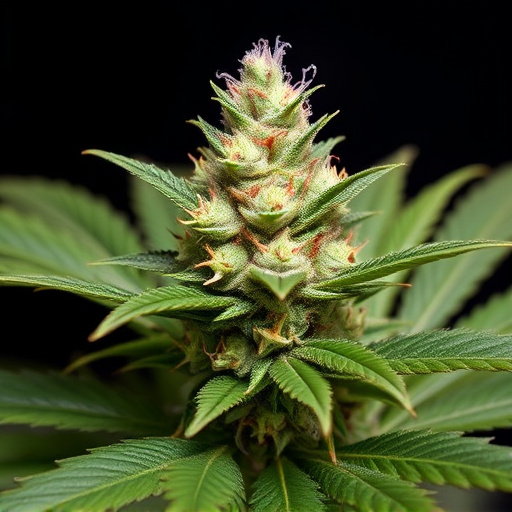
The genetic makeup of cannabis plants plays a significant role in determining their quality, especially when it comes to the highly sought-after best hybrid cannabis strains. Growers and breeders meticulously select and cross different cultivars to create hybrids with unique characteristics. By combining specific genes from two or more parents, they can achieve desirable traits such as elevated THC levels, distinct aromas, or enhanced medical benefits.
This process of hybridization allows for a vast array of possibilities in the cannabis world. Breeders focus on creating hybrids that offer the perfect balance of potency, flavor, and effects. For instance, some popular hybrid strains are known for their potent THC content, providing users with intense cerebral highs, while others are celebrated for their soothing aromas and potential therapeutic advantages. The art of hybridization is an ongoing pursuit to uncover new combinations that cater to diverse consumer preferences in the cannabis market.
Cultivation Practices: Discussing the environment in which cannabis is grown plays a significant role in its quality. This section will cover factors such as soil health, lighting, temperature, humidity, and harvesting techniques that impact final product's potency, flavor, and overall quality.
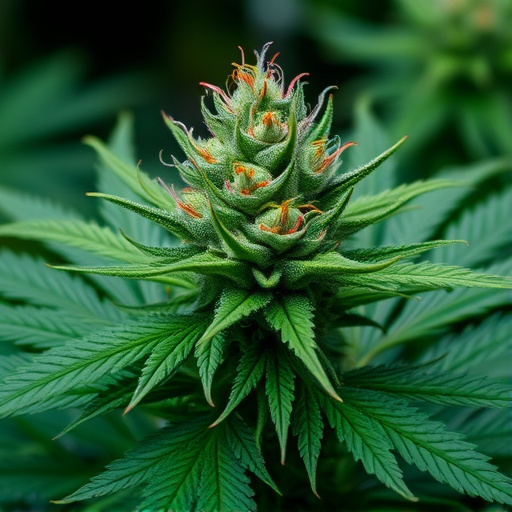
The cultivation practices employed in growing cannabis significantly influence the quality of the final product, including its potency and flavor. Factors such as soil health, lighting, temperature, humidity, and harvesting techniques all play crucial roles in shaping the characteristics of the best hybrid cannabis strains. For instance, optimal soil fertility and pH levels promote robust plant growth and terpene production, contributing to enhanced flavors and aromas.
Lighting is another critical aspect; different light spectrums impact plants at various stages of development, affecting their growth rate and cannabinoid profiles. Controlled environments with adjustable temperature and humidity settings enable cultivators to optimize conditions for specific strains, ensuring consistent quality and maximizing the expression of desired traits. Harvesting techniques, including timing and drying methods, also play a significant role in preserving potency, ensuring that cannabis flowers reach their full potential as best hybrid cannabis strains.
Testing and Lab Analysis: Emphasizing the importance of third-party lab testing to verify the potency, purity, and safety of cannabis products. This includes examining cannabinoid profiles (like THC and CBD), terpene content, potential contaminants, and compliance with legal standards.
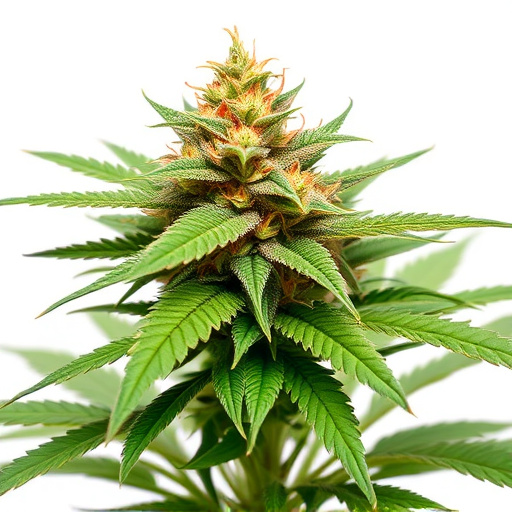
In today’s market, consumers seeking the best hybrid cannabis strains are increasingly conscious of quality and safety. This is where testing and lab analysis play a pivotal role. Independent third-party labs conduct rigorous tests to ensure that products meet not just legal standards but also exceed consumer expectations. These tests go beyond simple cannabinoid profiles like THC and CBD, delving into terpene content—the fragrant compounds responsible for cannabis’s distinctive aromas—and identifying potential contaminants. By verifying potency, purity, and safety through these analyses, consumers can make informed choices about their purchases, knowing they’re getting high-quality products that align with their needs and preferences.
Furthermore, lab testing is essential for maintaining consistency in the cannabis industry. It helps producers ensure that each batch of product meets the desired criteria, from flavor and effect to therapeutic benefits. This commitment to quality not only safeguards consumers but also fosters trust among those new to cannabis, encouraging them to explore the diverse offerings of best hybrid cannabis strains with confidence.
In conclusion, the quality of weed is a multifaceted consideration that begins with meticulous genetic manipulation to create the best hybrid cannabis strains and ends with rigorous lab analysis to ensure safety and compliance. The cultivation environment, from soil health to harvesting techniques, plays a pivotal role in shaping the final product’s potency, flavor, and overall desirability. By combining these factors, cannabis producers can offer consumers top-tier products that meet their specific needs, whether for recreational or medicinal purposes.
